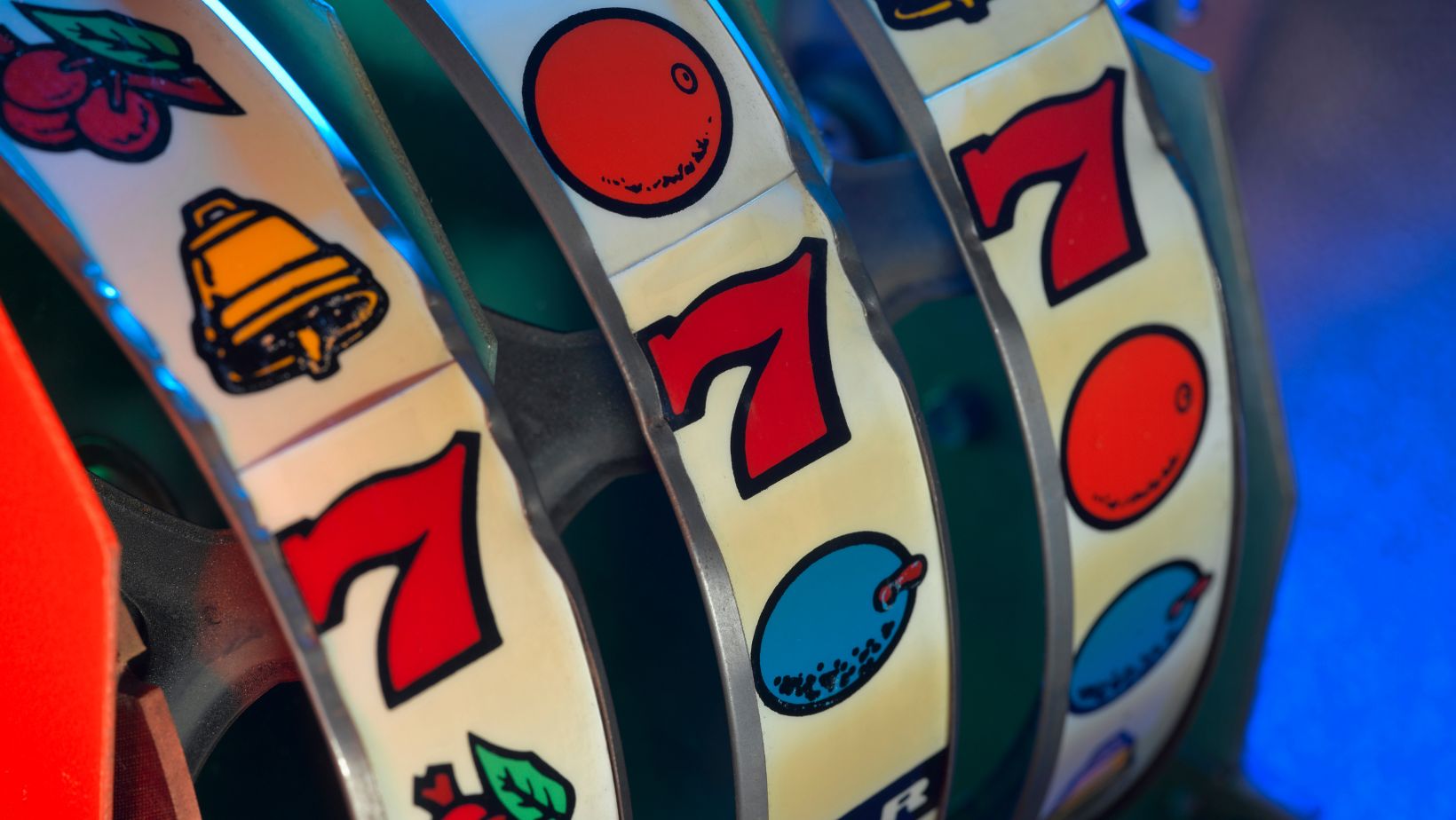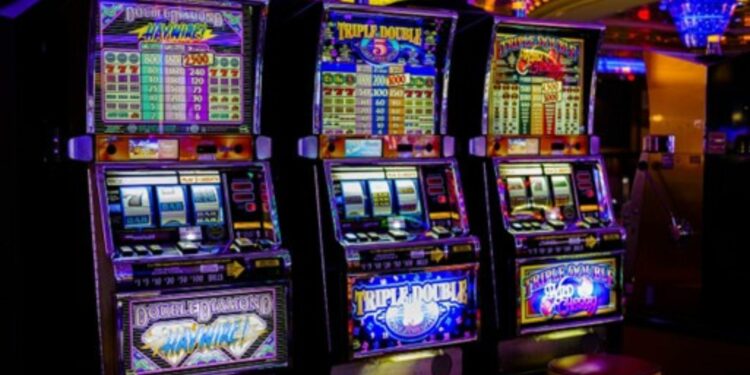Slot machines have come a very long way over the last century, from basic mechanical machines in American saloons to the vibrant online slots that players around the globe now enjoy from their smartphones. Technological advancement, investment in development and innovation, and regulatory changes have all helped develop the thriving slot industry we have today.
We take a deep dive into the history of slot machines and how they have evolved over the decades, from their invention to slot in the digital era:
The Birth Of The Slot Machine
The origins of the slot machine can actually be traced back as far as the late 19th century. A New York based company developed a basic gambling machine in 1891 which included five drums with a total of 50 cards. Players were required to insert a coin and pull a lever in order to spin the drums, with the aim of landing on a winning poker hand.
This machine did not pay out cash like today’s slot machine, instead the saloon would pay out winnings in the form of cigars or drinks.
The Liberty Bell
Around five years after this, Charles Fey, a mechanic from San Francisco, got to work on the Liberty Bell.

This machine shared many similarities but featured three reels with five symbols (one being a liberty bell). One important difference was the introduction of the automatic payout.
Landing three liberty bells in a row would result in the highest payout. The reasoning for using just five symbols rather than all the card faces was to make the design easier to understand and operate. This innovation was a huge success and venues across the United States soon raced to set up the Liberty Bell in their premises.
The Development Of Electromechanical Slots
While the Liberty Bell enjoyed immense popularity for decades, by the 1960s, it was time for something a little more technologically advanced, and so the Money Honey was born.
Released by Bally Manufacturing in 1963, the Money Honey was the first fully electromechanical slot machine. It featured a bottomless hopper and automatic payouts of up to 500 coins.
They removed the need for an attendant to help operate the machine and combined the traditional mechanical components with electrical features to allow for more complex designs and bigger payouts.
The lever was a well-loved feature on the traditional slot machine, so that had to stay in the new design. However, buttons were also added for operation. These machines were considered to be very reliable and efficient.
Bally Manufacturing dominated the global slot machine market at this time, they had a 90 percent share of the market by the end of the 1960s and into the 1970s.
Slots In The Digital Age
Then came the digital revolution, and technological advancement paved the way for some brilliant inventions across all industries. In the casino industry, we saw the development of the first video slot machines.
Online slots have taken the classic slot machine concept to new heights. Today’s digital slots feature detailed graphics, engaging soundtracks, and creative bonus features that expand on the traditional slot experience. Some online casinos even offer progressive jackpot slots with large potential payouts. Pennsylvania residents can now access a wide range of online slots through licensed online casinos. If you’re in the Keystone State and interested in exploring online slots, PlayPennsylvania offers information on available games and current promotions. As with any form of gambling, it’s crucial to play within your means.
The company Fortune Coin was one of the first to release a video slot in 1976, it used a modified version of a Sony Trinitron colour receiver for the display screen and logic keyboards were used for the usual slot machine functions.

Being digital meant there was much more room for creativity in the slot machine design, better graphics, and the introduction of new features like bonus rounds and multi-line play.
By the 1990s the online casino industry was on the rise following the rollout of the World Wide Web. Gamers could now enjoy all sorts of traditional casino games from the comfort of home on their computer, including poker, roulette, blackjack and online slot machines.
Computers allowed slots to be transitioned from physical machines into virtual games. These virtual models had all the features you would expect but also new ones, like themed graphics, progressive jackpot options and multiple paylines.
Online Slots Skyrocket In Popularity
The online slot revolution began to replace the need to visit a land-based venue to play slot machines for many. However, some still continue to favor these traditional machines. Online slots have the benefit of enhanced graphics and sound, with fun animated sequences and immersive soundtracks.
Bonus features are also easier to include on online games, they can incorporate free spins, exciting mini games and multiplier options. Minimum betting sizes are also usually lower, which is great for new players just dipping their toe in the water.
The development of smartphones and tablets has been a dominant force in the expansion of the online slot market. It is now easier than ever to enjoy the game, with players being able to access slots from casino apps in just a few clicks.
What’s next for slots? Newer technologies like Artificial Intelligence (AI) are being integrated into these games to help personalize and tailor the experience for the individual player.















